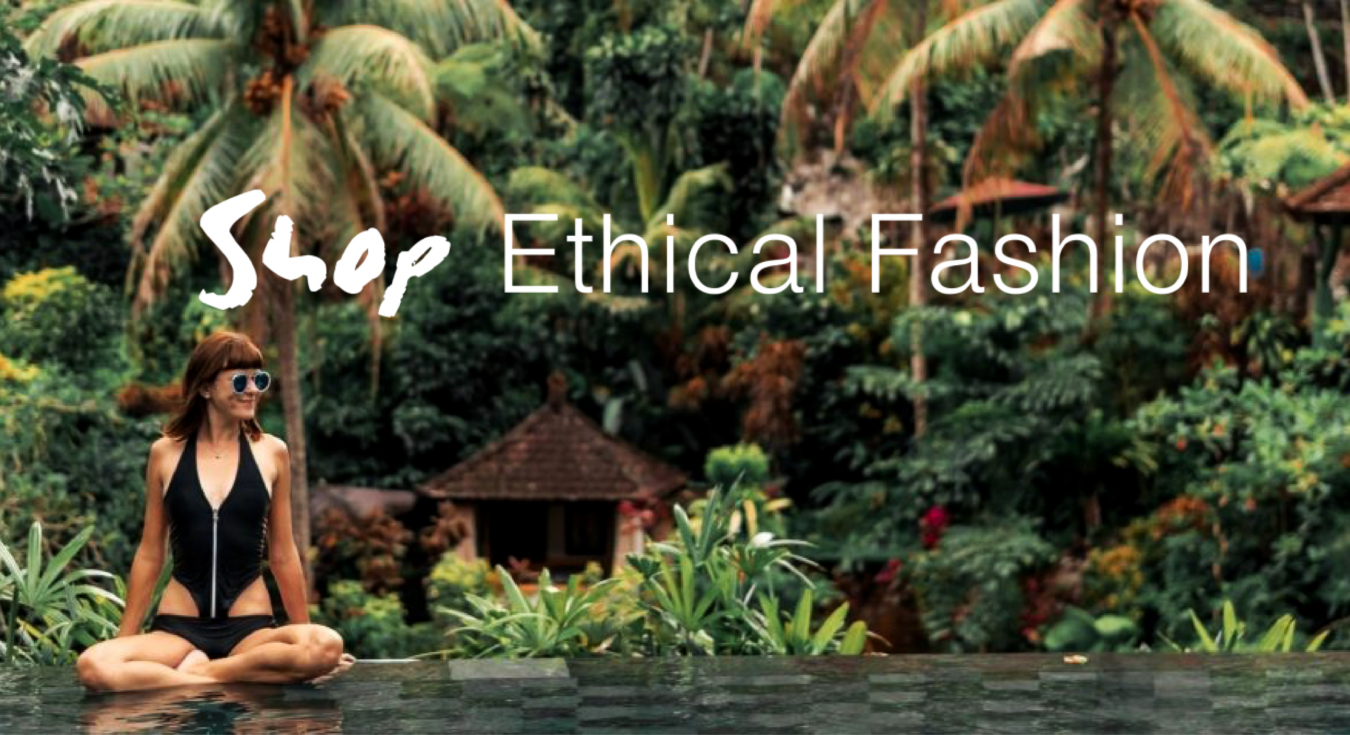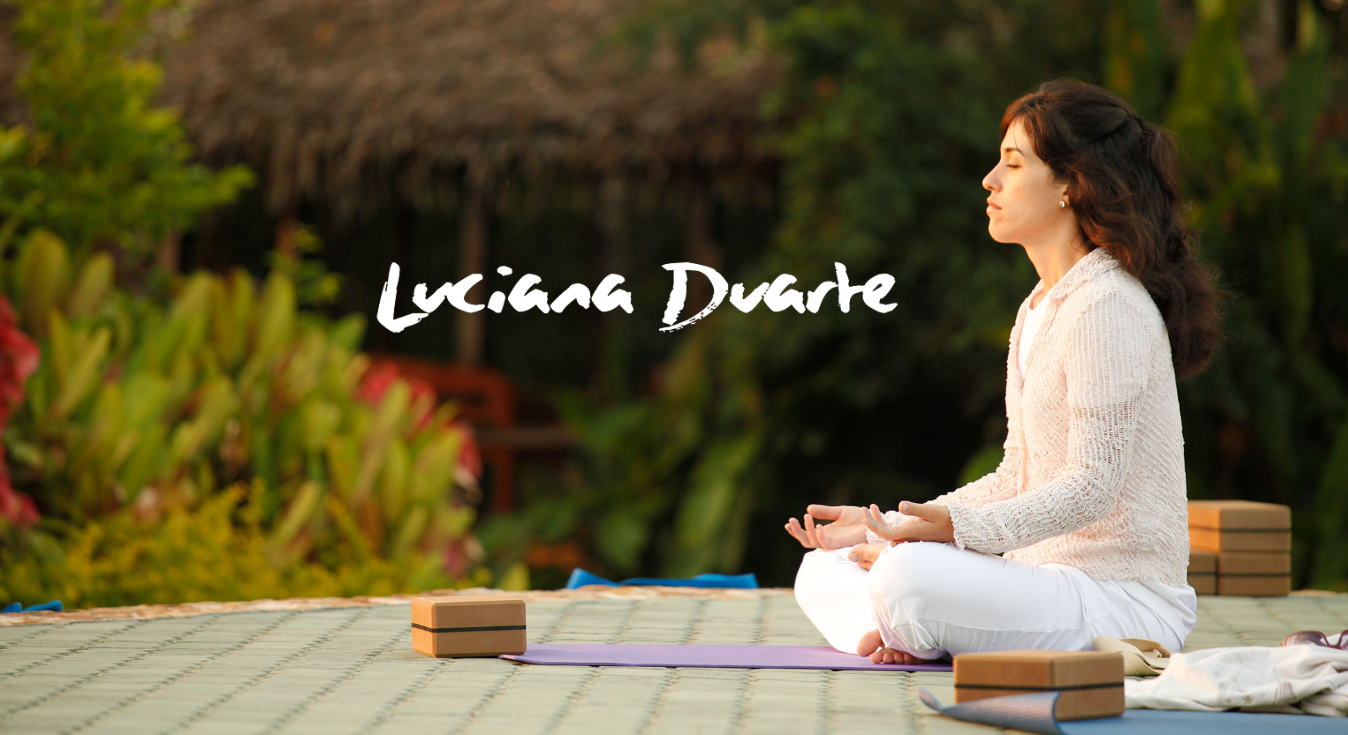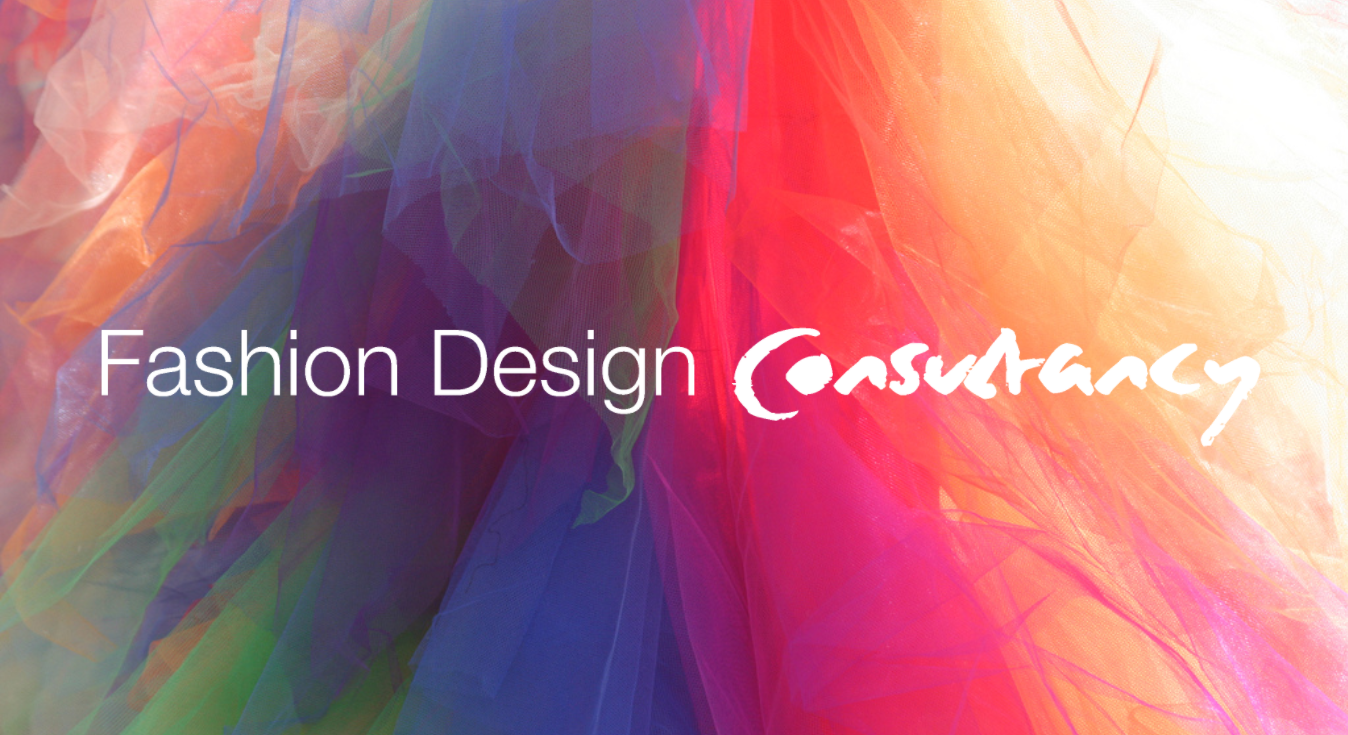BOOK: The green imperative: natural design for the real world
Victor Papanek brings spirituality and ethics to design theory
There are two versions of the title for this classic book from Victor Papanek:
- “The Green Imperative: natural design for the real world”, and
- “The Green Imperative: Ecology and Ethics in Design and Architecture”.
Follows some critics and comments about it:
“This work asserts the belief that the power of design can influence a more responsible approach to our threatened environment. It shows how everyone, from those at the forefront of design to the consumers, can contribute to the well-being of the planet through an awareness of design and technology.
The book explores a more spiritually-satisfying approach to design – designing for need, not greed. It also includes examples from all areas of design, from packaging and product design to large-scale architecture. Practical advice and checklists for the consumer on selecting and buying, using and re-using is also featured”.
“In his groundbreaking work, Design for the Real World (1971) (still in print and available in 23 languages), Papanek introduced the idea of an ethics of design. Now, 25 environmentally irresponsible years later, he reiterates his plea for ecologically sound design of everything from food packaging to buildings.
Designers and architects possess a remarkable ability to blend the demands of aesthetics with those of technology; why not add to that the pursuit of innovative ideas for avoiding pollution and other forms of environmental degradation. And the burden doesn’t rest solely on designers: we should all demand products and buildings that are created in harmony with nature.
Papanek offers many instructive ways of assessing the environmental impact of various materials and manufacturing processes. He also, in perhaps the book’s most intriguing section, discusses how one “senses” a building and how vernacular architecture maintains its close connection to the land it occupies. Much as Papanek expresses concern over environmental problems, he does have hope. We are a species, after all, that seeks challenges and loves novelty. Let’s harness those urges and clean up our act. Donna Seaman”
“When the designer Victor Papanek lays down precepts for design in the 21st century or questions a professional code of ethics, he is clearly addressing other designers and architects. But when he explains Le Corbusier’s “visual accoustics” or the Wiener Werstatte, it seems safe to assume he envisions a broader audience of consumers who, if made aware of the possibilities, can demand better, more responsible design.
“As in his Design for the Real World, Papanek derides conspicuous consumption and rapid obsolescence. Using examples drawn from various cultures and other research to bolster his case, he urges designers and architects to incorporate ethics (Does an object help the needy? Does it use scarce resources?) and humanity (Do the light, acoustics and scale foster a sense of well-being?).
While Papanek is all for fun in design, he dismisses such senseless elements as add-ons that don’t really improve performance (the annoying car voice intoning “your door is ajar”) or miniaturization that ignores the limits of the human body. He urges consumers to break the cycle of consumption and be aware of the difference between eye-catching marketing and good design. The Green Imperative itself lacks something in design: it covers so much that the argument is occasionally diffused. Still, Papanek is committed to his subject and becomes almost poetic when discussing Inuit and Balinese design or the necessity of integrating the ephemeral and the permanent. 152 illustrations; 46 in color. – Copyright 1995 Reed Business Information, Inc.”
Read the first 8 pages – The green imperative: natural design for the real world – Victor Papanek – PDF
Follows some interesting parts of the book. I added some questions to contextualize better with the purpose of design.
PAPANEK, V. The green imperative: natural design for the real world. New York, Thames and Hudson, 1995, 256p.
(PAPANEK, 1995)
p. 7 >> about the power of design
Designers have a chance to make something new, or to remake something so that it is better.
What does a designer do?
We anticipate many possible futures; the job of designers and architects therefore includes a certain degree of prophecy.
What is a designer?
A designer is a human being attempting to walk the narrow bridge between order and chaos, freedom and nihilism, between past achievements and future possibilities.
p. 9 >> about spirituality, design and environment
there must be a spiritual underpinning to our ecological consciousness.
It is rather a great spiritual rebirth or re-awakening, a desire to re-establish closer links between nature and humankind. Deeply embedded in our collective unconscious is the intuitive awareness of our relationship to the environment.
p. 29
Ecology and the environment equilibrium are the basic underpinnings of all human life on earth; there can be neither life for human culture without it. Design is concerned with the development of products, tools, machines, artifacts and other devices, and this activity has a profound and direct influence on ecology.
p. 48
How to save the planet? How to save society?
The question of ecology as a socially-based priority asks that design and planning consider sustainability and social justice as reciprocal conditions – that saving the planet and saving the community become one – inseparable.
How is the future of design?
The future of design is bound up with key role of synthesis between the various disciplines that make up the socio-economic-political matrix within which design operates.
The designer’s intent – by Victor Papanek
The designer’s intent
I firmly believe that is the intent of the designer as well as the intended use of the designed object that can yield spiritual value. The European word “form-giving” may express best what industrial designers do – always being careful to include the working of device in the form-giving and making sure that a degree of inventiveness is part of the design process. As we practice our art and skill, what we do moulds who we are and what we are becoming.
- When we become the hired guns of greed-driven corporations, we are driven to conform.
- If we generate status kitsch for jaded élite, and allow ourselves to become media celebrities, we perform.
- When we twist products to reflect navel-gazing of market research, we deform.
- If our products divorce appearance and the other functions – a telephone that looks like a duck and quacks instead of ringing, a clock-radio that looks like a female leg –we misinform.
- When our designs are succinct statements of purpose, easy to understand, use, maintain and repair, long-lasting, recyclable and benign to the environment, we inform.
- If we design with harmony and balance in mind, working for the good of the weaker members of our society, we reform.
- Being willing to face the consequences of our design interventions, and accepting our social and moral responsibilities, we give form.
All this can be done only if we learn to recognize the ethical dilemmas of our profession. This means thinking dispassionately about what we do. […]
Our professional education is deeply divisive, almost schizoid. On the one hand we learn many aspect of high technology. […] On the other hand we are encouraged to think of ourselves as artists. […]
It is tempting to think that form –givers –faced by this false choice between appearance and utility answered: “neither!” The “statement” or “gesture” have replaced the object, and designers emerging from this bifurcated education tend to ask themselves: “how can I make it different?” Theoretically this might lead to an endless and lackadaisical repetition of stylistic mannerisms, varied by frequent sorties into the past.
Into this zany mixture caused by misconceived education and social structure devoted to no higher aspiration than, “Take the money and run!” we now introduce the question of spiritual in design. […]
Will the design significantly aid the sustainability of the environment?
Can it make life easier for some group that has been marginalized by the society?
Can it ease pain?
Will it help those who are poor, disenfranchised or suffering?
Will it save energy or- better still- help to gain renewable energies?
Can it save irreplaceable resources?
A positive answer to these or similar questions does not make the design visibly spiritual. But the performance of such services to our fellow humans and the planet will help us inwardly. It will nourish our soul and help it to grow. That’s where spiritual values enter design.
Read more about design:
- Glossary: political lexicon of design
- Meditation and design for inventing yourself
- BOOK: Design+Craft: the Brazilian path, by Adelia Borges
- A boa equipe de design
- Design, designer, desing ou desinger?















